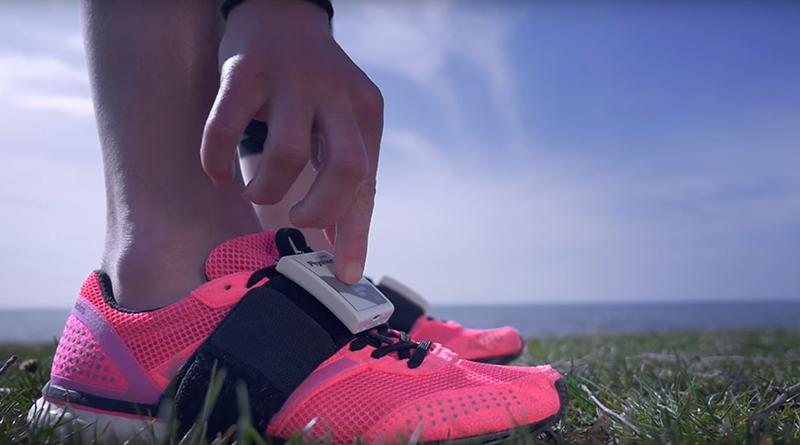One of the key factors differentiating East African runners from other runners around the world is the steady-state oxygen consumption at a given submaximal intensity, also known as running economy. The reason Kenyan runners dominate middle-and long-distance running competitions is their exceptional running economy, according to a research published in PubMed.
The study highlighted the unique capacity of wearable devices such as Physilog®, developed by Gaitup, which can be used to assess real-time running economy and foot mechanics in the field. Gait Up is exhibiting at the WT | Wearable Technologies at MEDICA 2019.
Foot-worn inertial sensors can generate large amounts of data during each stride, providing the coach/sports team with several parameters (e.g., kinematics and potentially VO2), reports Gaitup.
Related CES 2019: These Companies Are Showcasing Their Best Wearables for the Athletes

During real-life situations like during training or competition, there are no data available on running mechanics. The use of innovative wearable devices together with real-time analysis of data could potentially help explain the outstanding performances of certain athletes. For example, the integration of foot worn inertial sensors into the training and racing of athletes will enable coaches and researchers to investigate foot mechanics (e.g., an accurate set of variables such as pitch and eversion angles, cadence, symmetry, contact and flight times or swing times) during real-life activities and facilitate feedback in real-time, said the study.
The same technological approach also can be used to help the athlete, coach, sports physician, and sport scientist make better informed decisions in terms of performance and efficacy of interventions, treatments or injury prevention; a kind of “telesport” equivalent to “telemedicine.”
Related New Technology Used by NFL Athletes Gives Teams and Trainers Edge in Injury Assessment
The connection of a set of sensors (e.g., core temperature pill, 3D FWIS, heart rate monitor or GPS) to a wearable capable to transmit would not only provide real-time physiological and biomechanical monitoring, but also measure and livestream the energy consumption of a given stimulus second by-second. This possibility might permit researchers and coaches to identify the biomechanical factors influencing the energetic cost of running, minimizing the risk of injury or excessive fatigue while providing the athlete with real-time feedback on performance.












